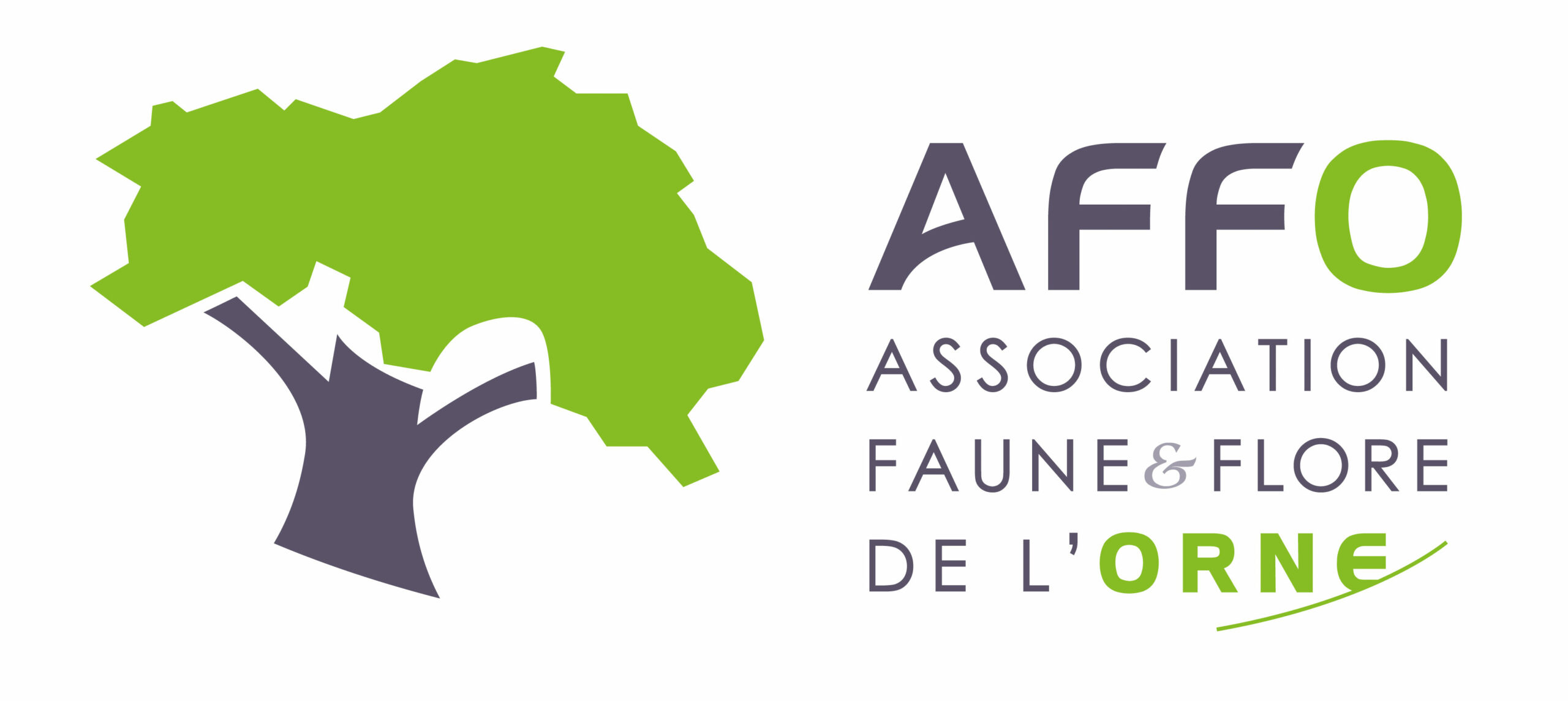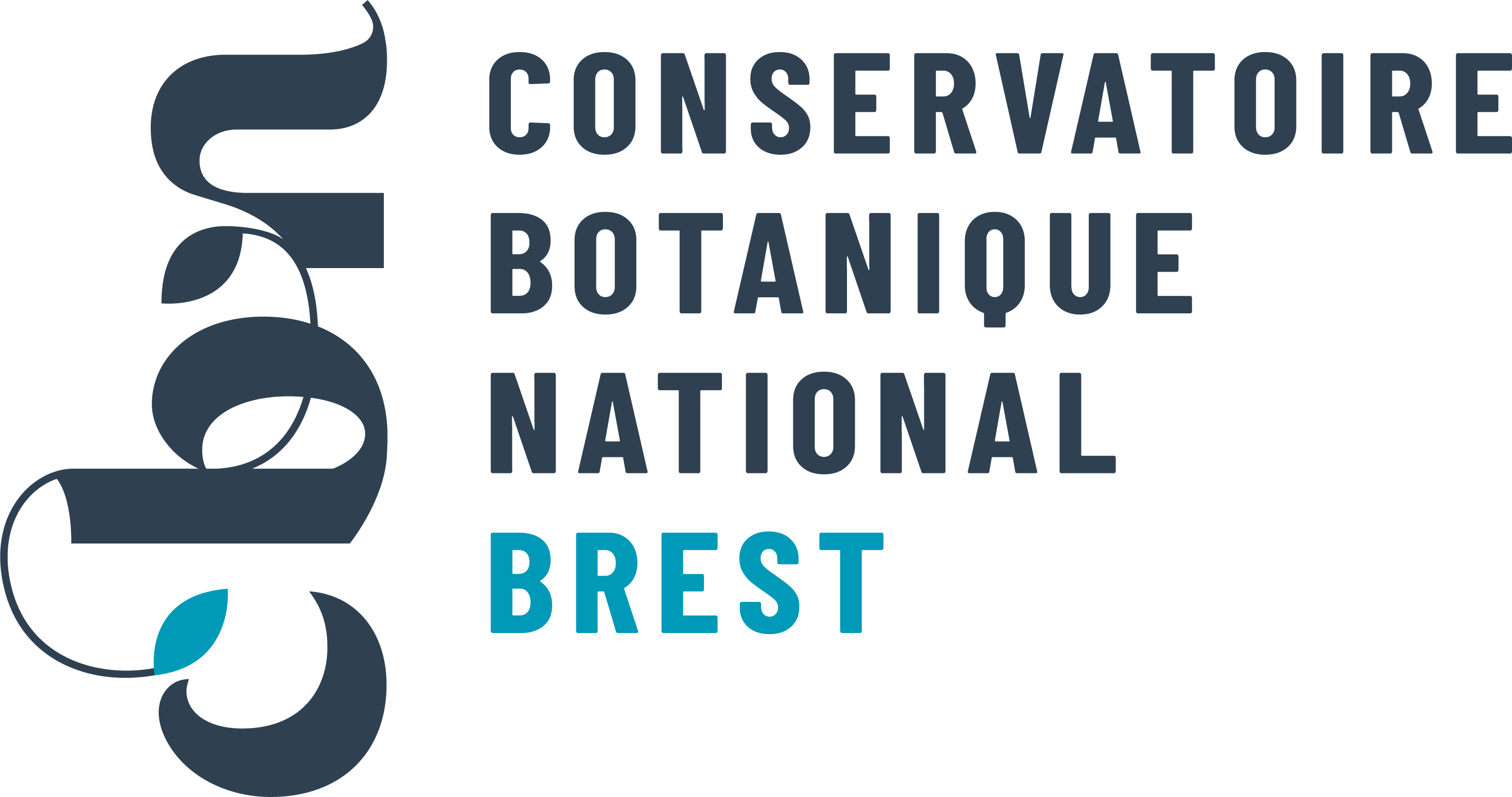Euphorbe petit-cyprès
Euphorbia cyparissias L., 1753
Où cette espèce a-t-elle été observée ?
 Attention : cette espèce peut être présente où il n’y a pas de maille, mais à ce jour elle n’y a pas encore été observée.
Attention : cette espèce peut être présente où il n’y a pas de maille, mais à ce jour elle n’y a pas encore été observée.
- 34 observations
-
20
communes -
20
observateurs
7
organismes -
Première observation
1916 -
Dernière observation
2024
Appenai-sous-Bellême - Arcisses - Argenvilliers - Belforêt-en-Perche - Bellême - Bretoncelles - Chapelle-Guillaume - Chapelle-Royale - Chassant - La Bazoche-Gouet - La Chapelle-Montligeon - Longny les Villages - Perche en Nocé - Saint-Hilaire-le-Châtel - Saintigny - Saint-Martin-du-Vieux-Bellême - Saint-Pierre-la-Bruyère - Thiron-Gardais - Tourouvre au Perche - Val-au-Perche
-
Conservatoire botanique national du Bassin parisien (CBNBP)
Participation à 14 Observations
Part d'aide à la prospection : 41.18 %
Fiche organisme
-
UMS PatriNat (OFB-CNRS-MNHN)
Participation à 7 Observations
Part d'aide à la prospection : 20.59 %
Fiche organisme
-
Association Faune & Flore de l'Orne (AFFO)
Participation à 5 Observations
Part d'aide à la prospection : 14.71 %
Fiche organisme
-
Conservatoire Botanique National de Brest (CBNB)
Participation à 2 Observations
Part d'aide à la prospection : 5.88 %
Fiche organisme
-
PNR et géoparc mondial UNESCO Normandie-Maine
Participation à 2 Observations
Part d'aide à la prospection : 5.88 %
Fiche organisme
-
Ministère de la Transition écologique et de la Cohésion des territoires
Participation à 1 Observation
Part d'aide à la prospection : 2.94 %
Fiche organisme
Informations espèce
Source : Biodiv'Écrins, Parc national des Écrins
E1.21 : Helleno-Balkanic Satureja montana steppes
E1.2F4 : Pannonic closed sand steppes
E2.221 : Prairies de fauche xéromésophiles planitiaires médio-européennes
F3.11 : Fourrés médio-européens sur sols riches
F3.24122 : Peri-Pannonic dwarf almond scrub
F3.24123 : Peri-Pannonic burnet rose scrub
F3.24124 : Peri-Pannonic spiraea scrub
F4.22B : Central European basicline heaths
G1.7C71 : Pannonic privet juniper-poplar steppe woods
Répartition actuelle en France métropolitaine
© INPN - Avertissement : les données visualisables reflètent l'état d'avancement des connaissances et/ou la disponibilité des données existantes au niveau national : elles ne peuvent en aucun cas être considérées comme exhaustives.
Répartition actuelle dans le monde
Avertissement : les données visualisables reflètent l'état d'avancement des connaissances et/ou la disponibilité des données existantes au niveau mondial : elles ne peuvent en aucun cas être considérées comme exhaustives.












